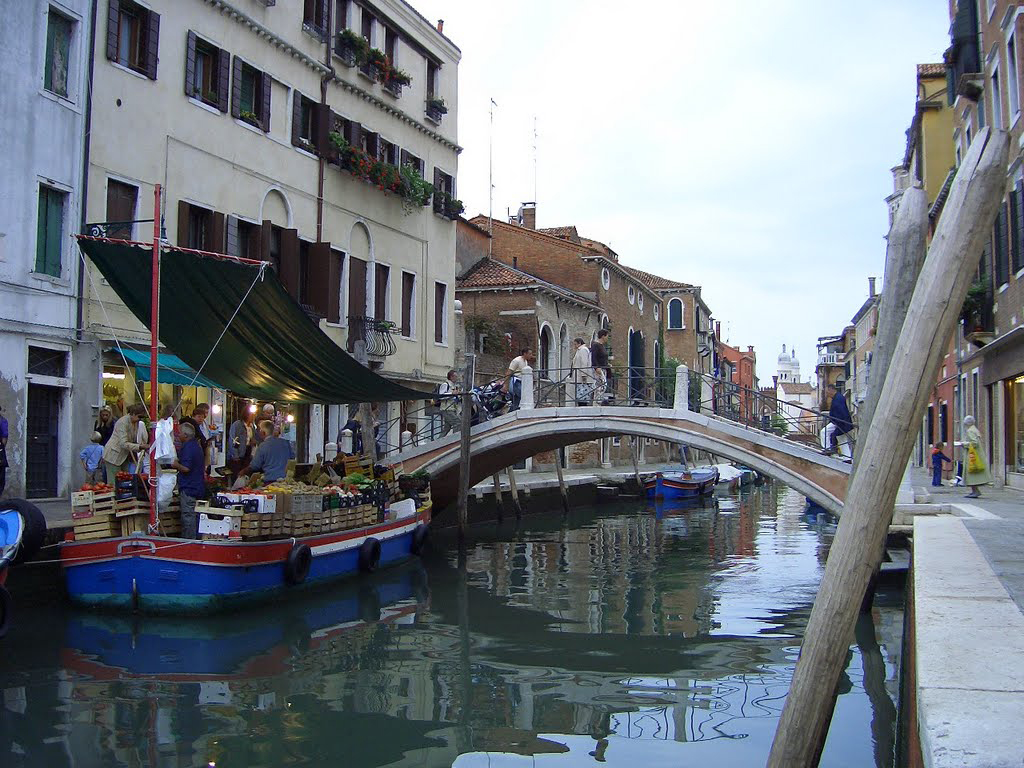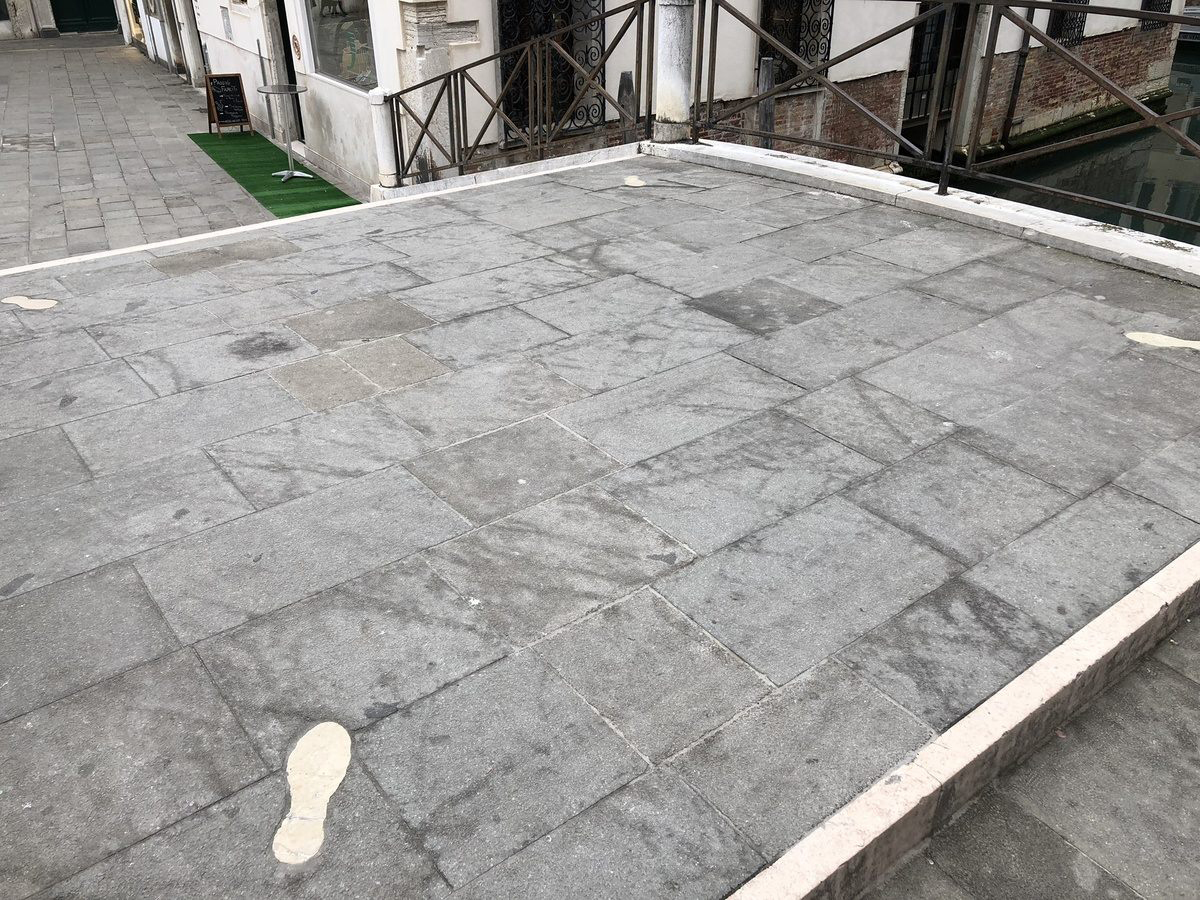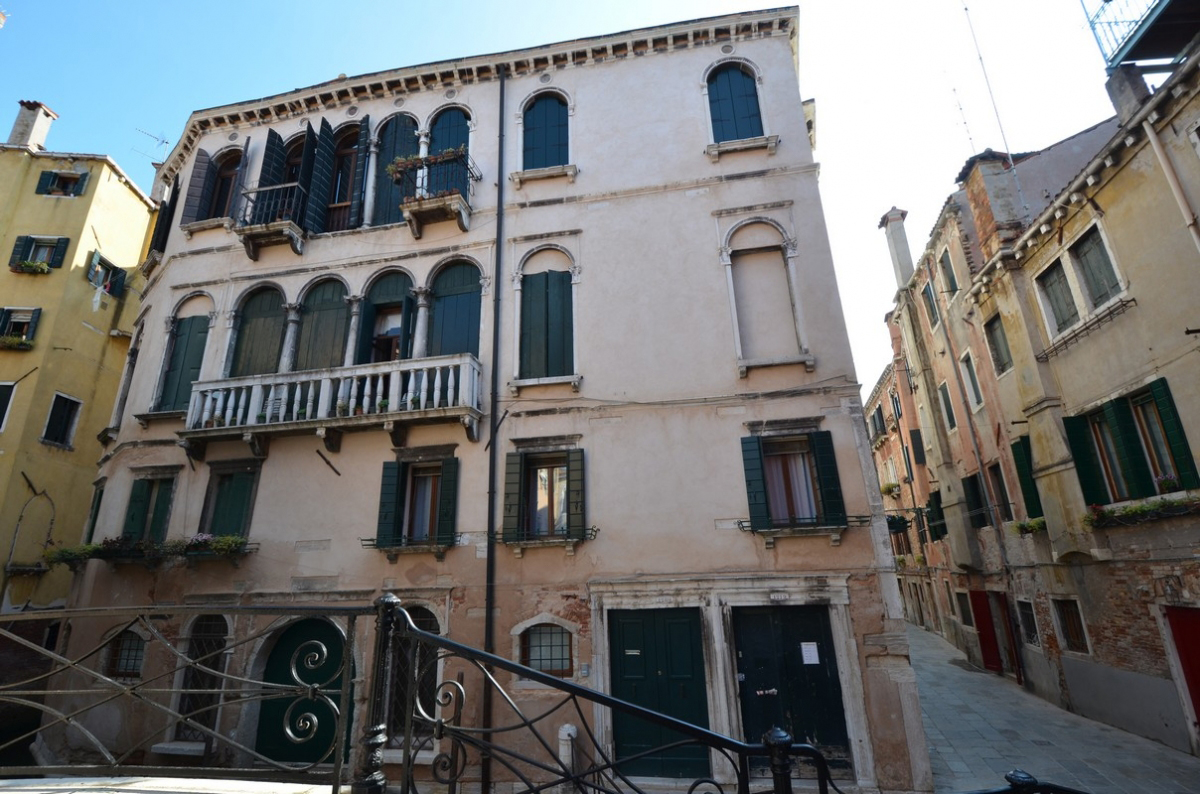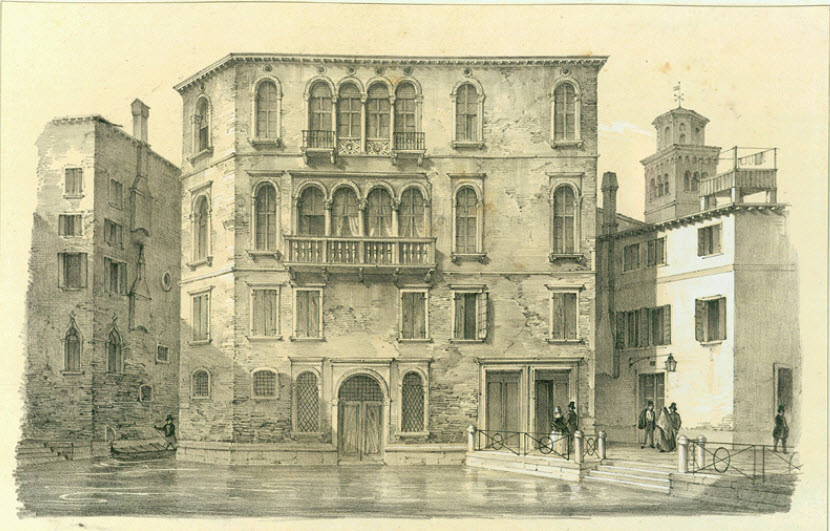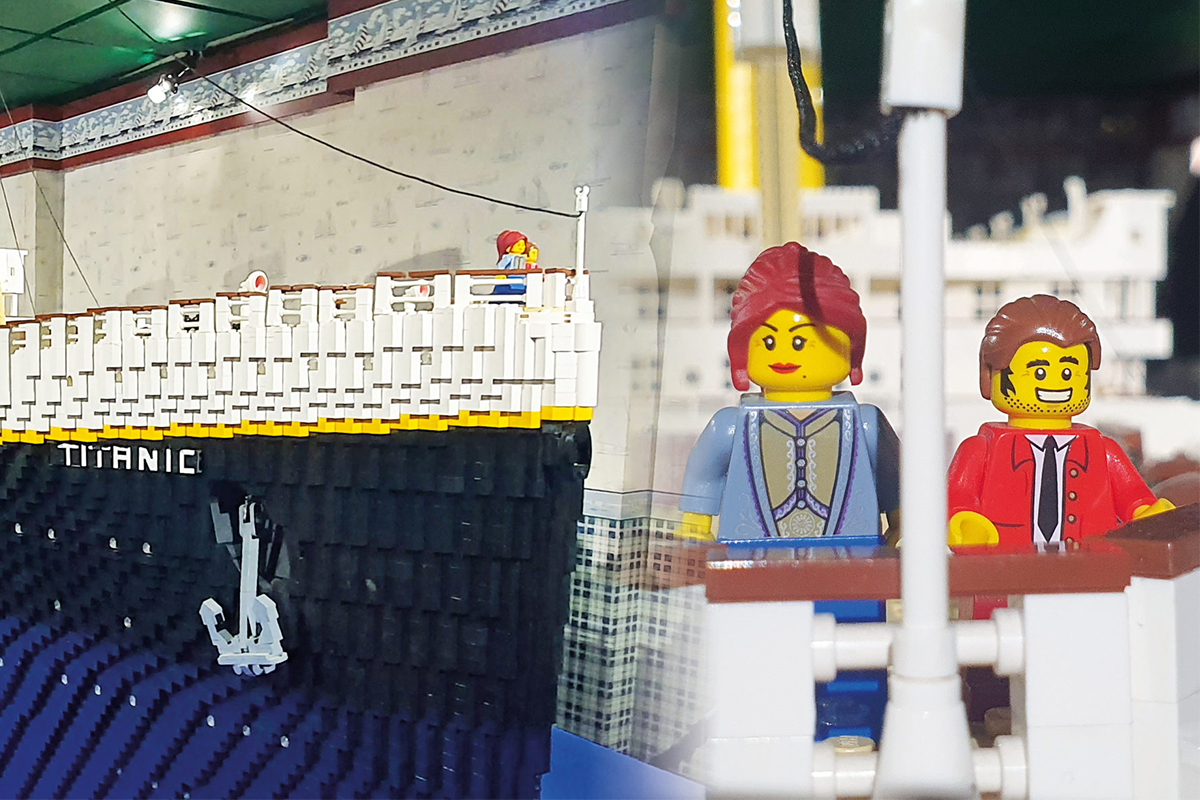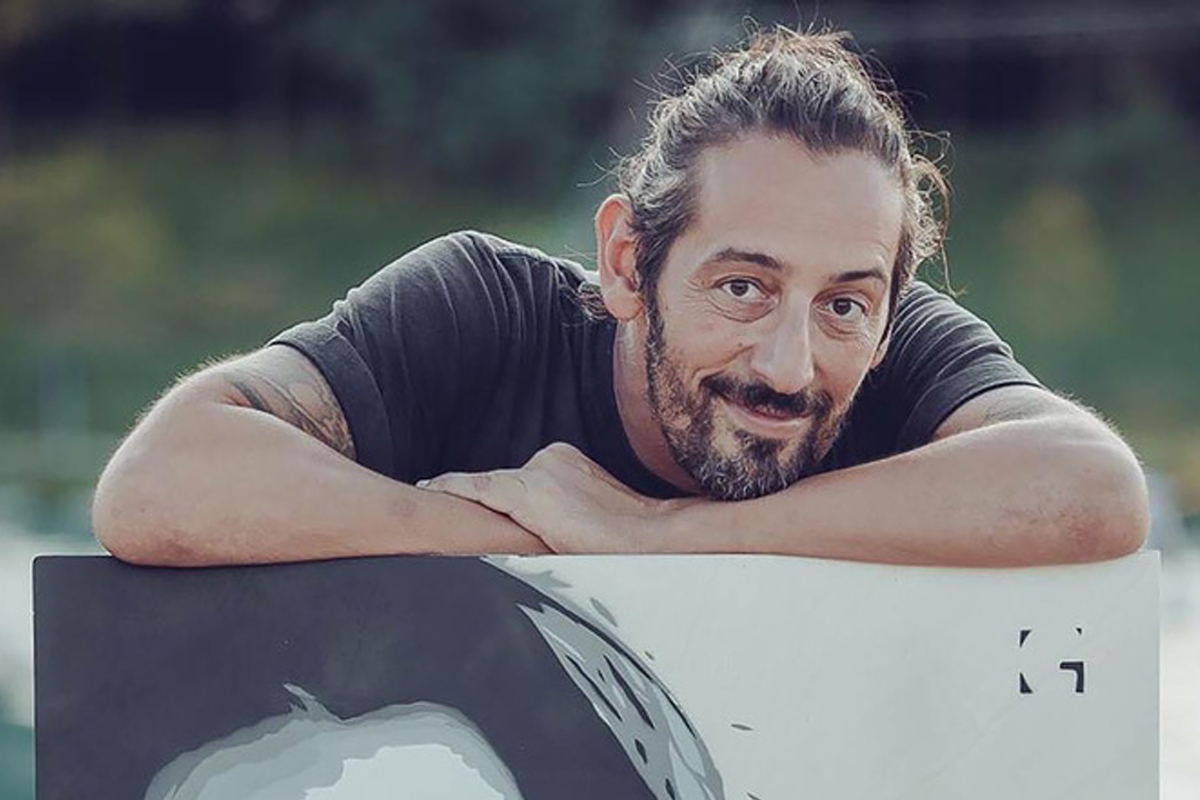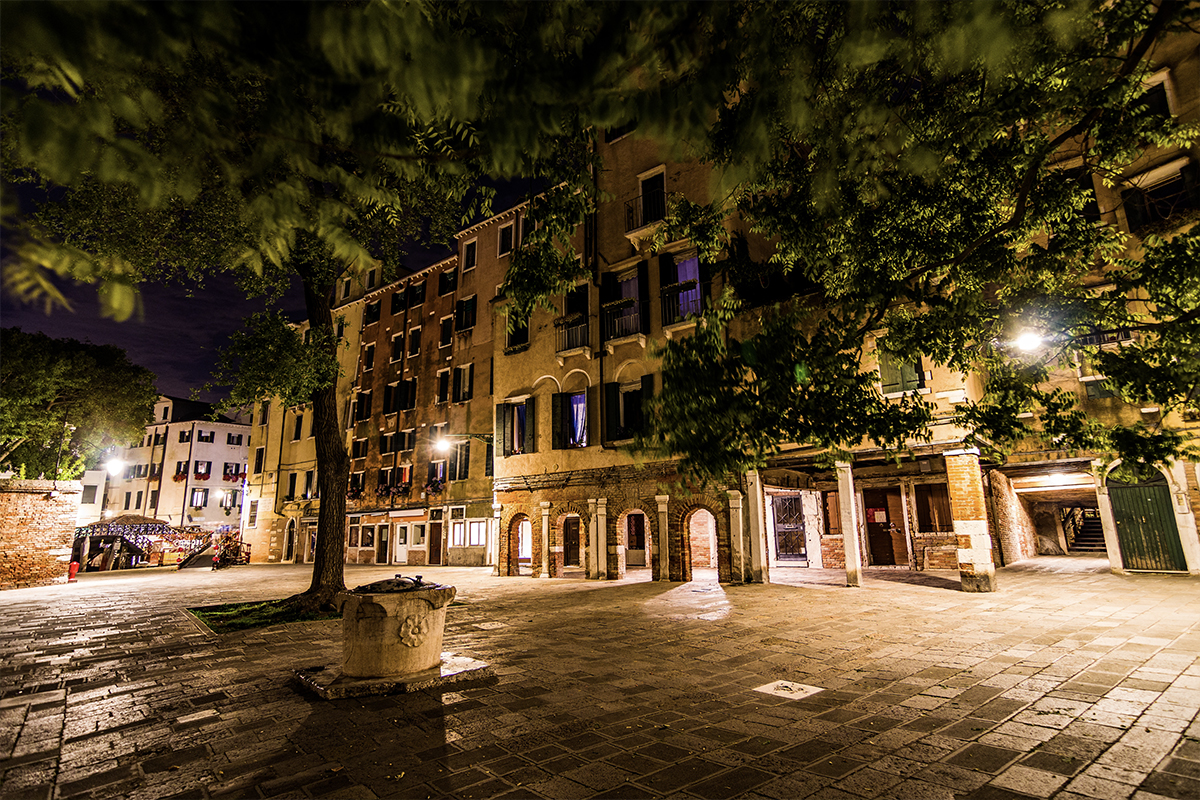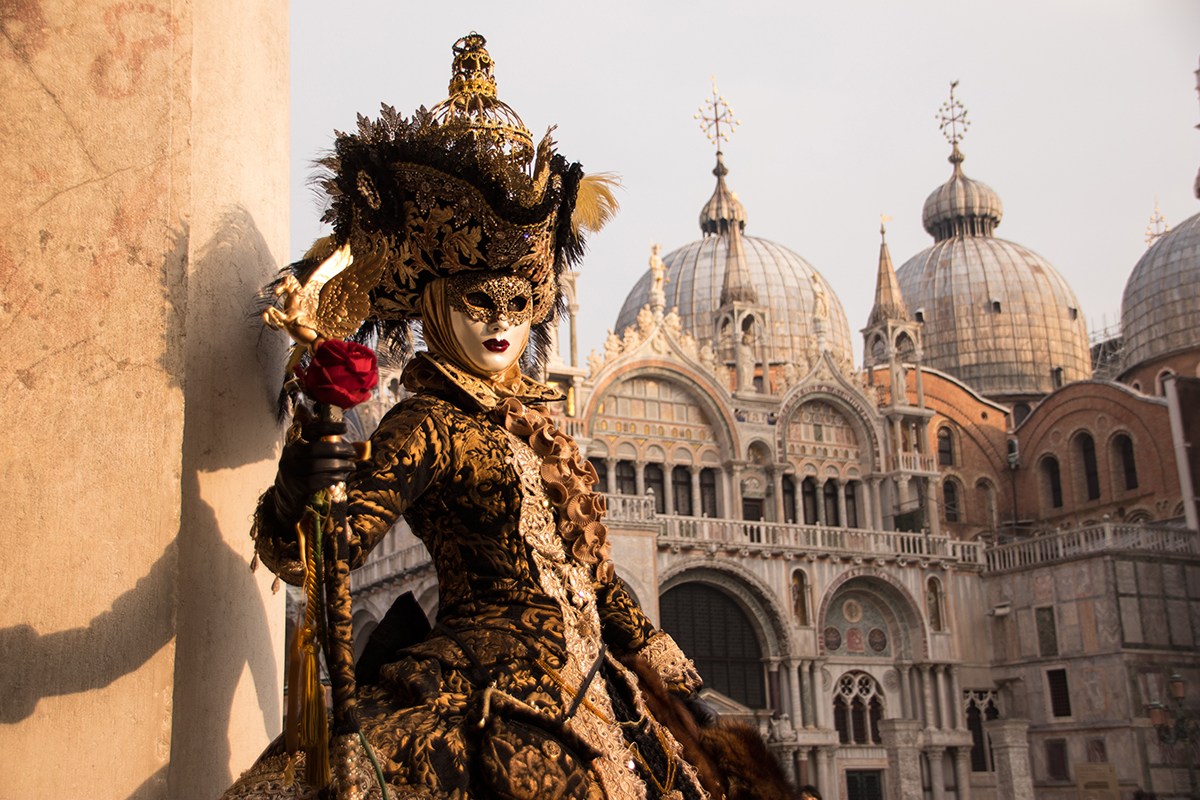
April in Venice: On the day of the patron saint, love flourishes
In the most romantic city in the world, protected by the winged lion of San Marco, the day of Bocolo is celebrated
Who doesn’t admire the Lion of San Marco? The famous Venetian emblem, with halo, wings and a book between its paws, has a history that goes far back in time.
It refers to an episode in the life of San Marco, at the time of the shipwreck in the laguna, where an angel taking the form of a winged lion appeared to announce that in this area he would have found the right place and the right veneration after death. The angel started his speech with the famous quote “Pax tibi Marce, evangelista meus” (Peace to you Marco, my evangelist).
Since the 9th century San Marco has been the patron Saint of Venice and is celebrated on the 25th of April, Venetians have preferred him over the Byzantine San Teodoro because the evangelist had spread the Gospel in the Venetian territory, becoming a charismatic figure that could be even compared to that of San Pietro, recalling the prestige of the Pope back in Rome.
Tradition says that the relics of San Marco were stolen from Alexandria of Egypt and transported to the Serenissima Republic in 828 by the Venetian traders Rustico da Torcello and Buono da Malamocco.
On the 25th of April another important celebration takes part in Venice, the “feast of Bocolo”, equivalent to Saint Valentine’s Day. On this day women receive a red rose, in Venetian known as “bocolo”, as a symbol of love.
Legend illustrates the history of this tradition: Maria, daughter of the doge Angelo Partecipazio (in power from 810 to 827) was young, passionate, and in love with Tancredi, and luckily he loved her back. Maria’s father, however, did not want to consent to the marriage, as the young man seemed to him to be penniless and unworthy of his daughter. For this reason the girl convinced Tancredi to enrol in the army of Carlo Magno to fight against the Muslims in Spain and therefore earn the respect from her father going alongside the twelve peers. And so it happened, Tancredi left for battle and was covered in glory by being a hero.
The echo of his successes arrived to the doge Partecipazio that know was enthusiastic of having a son-in-law that was so valorous and he waited for his return together with his daughter. Unfortunately, after several weeks waiting for Tancredi, some French soldiers arrived to Venice to communicate to Maria that her hero was dead and handed to her his last love token. Before dying, in fact, the young man had picked a white rose bud that was stained in his blood, asking to hand it over to his loved one in Venice.
Maria took the rose bud, which was now dry and carried it to her rooms, where she remained closed up and mute, devoted to her pain.
The following day the feast of San Marco was celebrated, and the unlucky young girl was found dead in her bed. Legend says that she was holding the rose bud that was no longer dead but now flowering as if it had just been picked. From then on, on the 25th of April, a rose bud is given as a gift as a symbol of real love to women, and as an invitation to enjoy the pleasures of being in love.
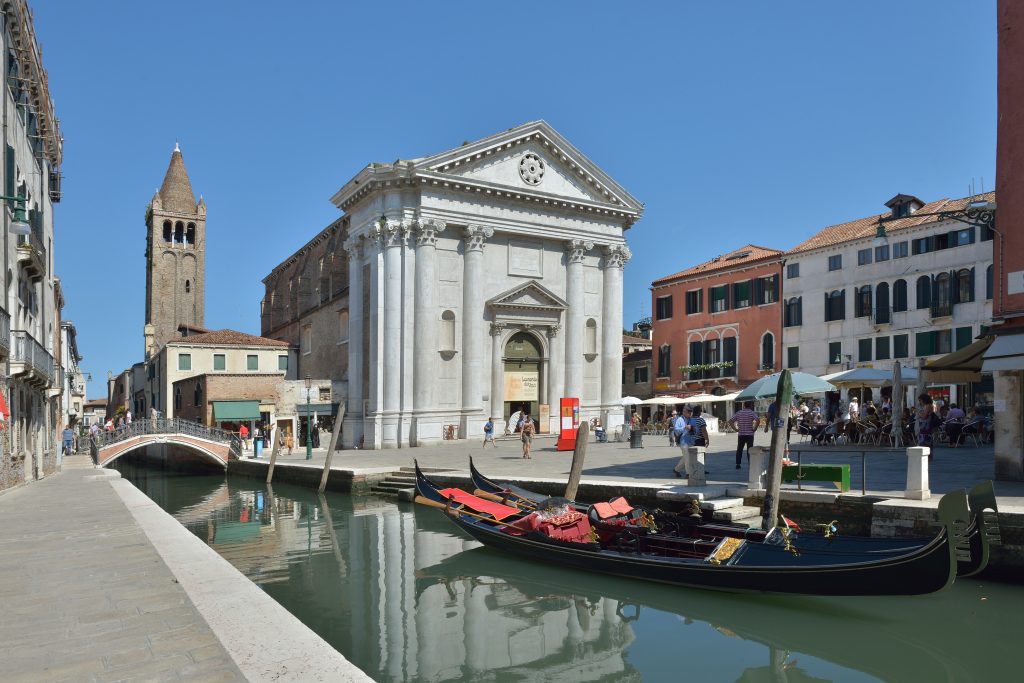
Church of the month
San Barnaba
The Church of San Barnaba has lived through various fires and restructuring. The exterior, which we see nowadays, dates back to the 700s, with a front in classical style with imposing Corinthian columns and a gable according to the project by Lorenzo Boschetti. The beginning of its construction dates back to the first millennium d.C, whilst the building as can be seen today, was built on a religious structure dedicated to San Lorenzo which had already existed from two centuries before. In 1810, during the Napoleonic suppressions to the Kingdom of Italy, the church was deconsecrated and to this day is used as an exhibition hall of the functioning machines from the codes of Leonardo da Vinci.
Inside, the structure formed by a single nave, together with the six altars and the presbytery with a square shape, the art works by Antonio Foler, Francesco Beccaruzzi, Giuseppe de Gobbis, Paolo Veronese and Costantino Cedini can be admired. The exterior of the church can be seen as an imaginery library in the film “Indiana Jones and the Last Crusade”.
Dorsoduro Campo San Barnaba 2771
Open every day (9:30 – 19:30)
Fee for entry
Between calli and steps
Ponte dei Pugni
Real and proper “ring” of antiquity suspended over the waters of the ‘rio’, the Ponte dei Pugni can be encountered from Campo San Margherita and Campo San Barnaba and has been the set of battles between different Venetian fractions. The “Guerra dei pugni” (Battle of fists) took place in this structure that in the beginning had no protections on the side (these were added in 1870) as the scope was to have your adversary fall into the canal. On the bridge two footprints can be seen in the Istria stone where the men would place there feet before starting the duel. The protagonists of these duels were the Venetians of two different groups that were enemies: the Castellani of Castello, San Marco and Dorsoduro and the Nicolotti that lived in San Polo, Santa Croce and Cannaregio. The duels would enrol a dozen of men and were of three different types: boxing, frota (battle between more people), and guerra ordinata (conquering the bridge). Back in the day the use of knives, canes and sticks was allowed, but because of the many fatalities, these types of weapons were forbidden in 1574, whilst in 1705, the decision was taken to forbid any time of battle or duel from taking place on the bridge.
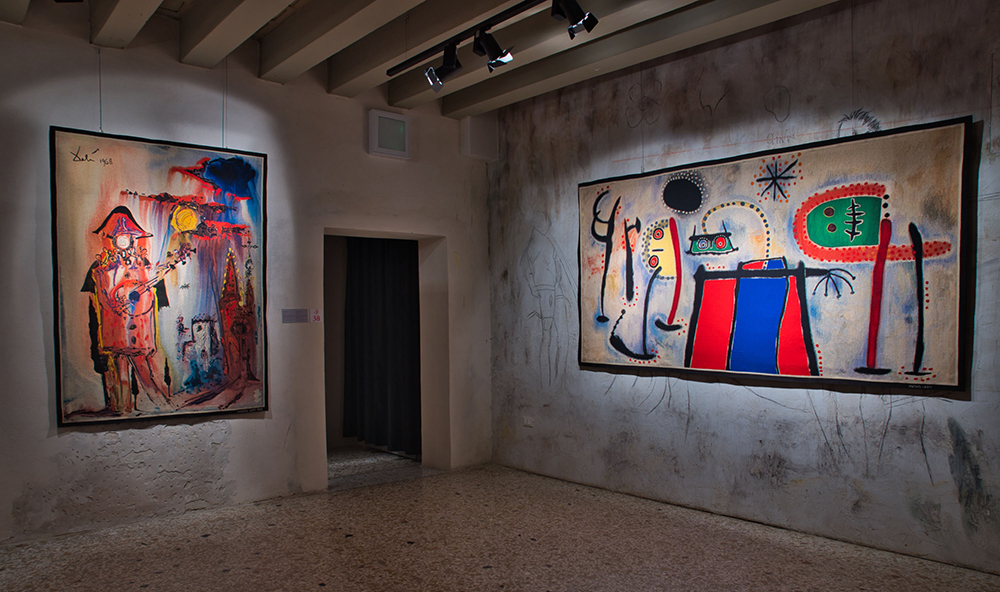
Appointment with art
From Kandinsky to Botero, all in one thread
“From Kandinsky to Botero, tutto in un filo” is the exhibition taken place at Venice Exhibition, that has as its noble backdrop the ancient Palazzo Zaguri. The exhibition presents 100 artworks in over 35 rooms, over 4 floors. Absolute protagonist of the 1900s, reproduced in over 100 tapestries coming, for the majority, from one of the last Italian tapestry manufacturers, founded by Ugo Scassa in 1960 and that for all his life dreamt of exhibiting his works of art in Venice. Kandinsky, Dalì, Mirò, Andy Warhol, Matisse, Klee, De Chirico, Botero, all in one thread, narrated in a unique, one-of-a-kind exhibition where the art works are reinterpreted in thread mixing sculpture, paintings and drawings in a unique artistic timeless dialogue, where tradition, innovation, experimenting and research all meet together.
A curiosity is the tapestry of “Apollo and Daphne” that reproduces the painting by Corrado Cagli, it is said that the artist never wanted to see him painting next to the tapestry as he thought that the tapestry was of far greater quality than the painting itself.
Palazzo Zaguri
San Marco, Calle Zaguri, 2667
Open everyday (10am – 8pm)
Last entry at 7pm
Fee for entry
Historical Buildings
Bianca Cappello Palace
Near the Rialto market, in the vicinity of the once-Church of Sant’Aponal, a bridge conducts to the Calle Bianca Cappello gia’ Ponte Storto, where an austere palace from the 16th century can be found. Here in 1548, Bianca Cappello was born, famous for her beauty and elegance but also for her untamed spirit. Even though her parents kept a careful and strict watch on her, she meets Pietro Bonaventura, a young man from Florence who worked for the Salviati bankers, right in front of the palace, and with him she organises to run away in 1563. The two get married and their adventurous life continues in Florence. Here the young Venetian becomes lover and then wife of Francesco I de’ Medici, Granduca of Tuscany. Their death has been a mystery for centuries: it was thought that Ferdinando, his bitter enemy and brother of Francesco I had poisoned them both, instead recently it was discovered that they both had died from malaria fever, with a difference of just 11 days between the two deaths.
4 Must of Venice
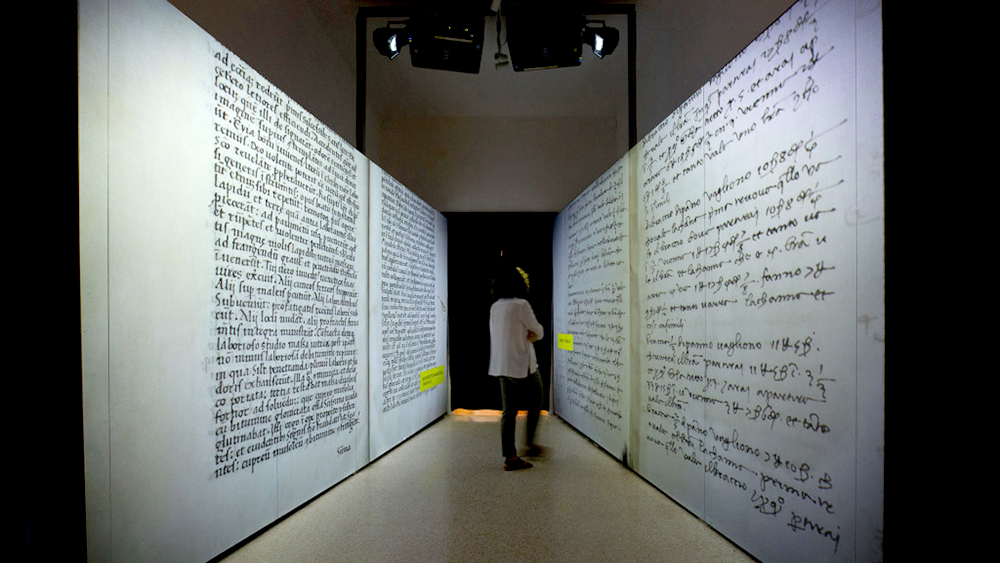
Must-see
Printing Revolution 1450-1500
Until 30th of April the Museo Correr welcomes the exhibition “Printing Revolution 1450-1500” born from the project 15cBOOKTRADE of Oxford University. The exhibition describes, through digital instruments, the strong impact of print in 1455 for the economic and social development throughout the whole of Europe. The cut in costs for the printing of books, for example, which were previously hand written which allowed the profusion of books to a wider audience, including the public that gravitated around schools and Churches.
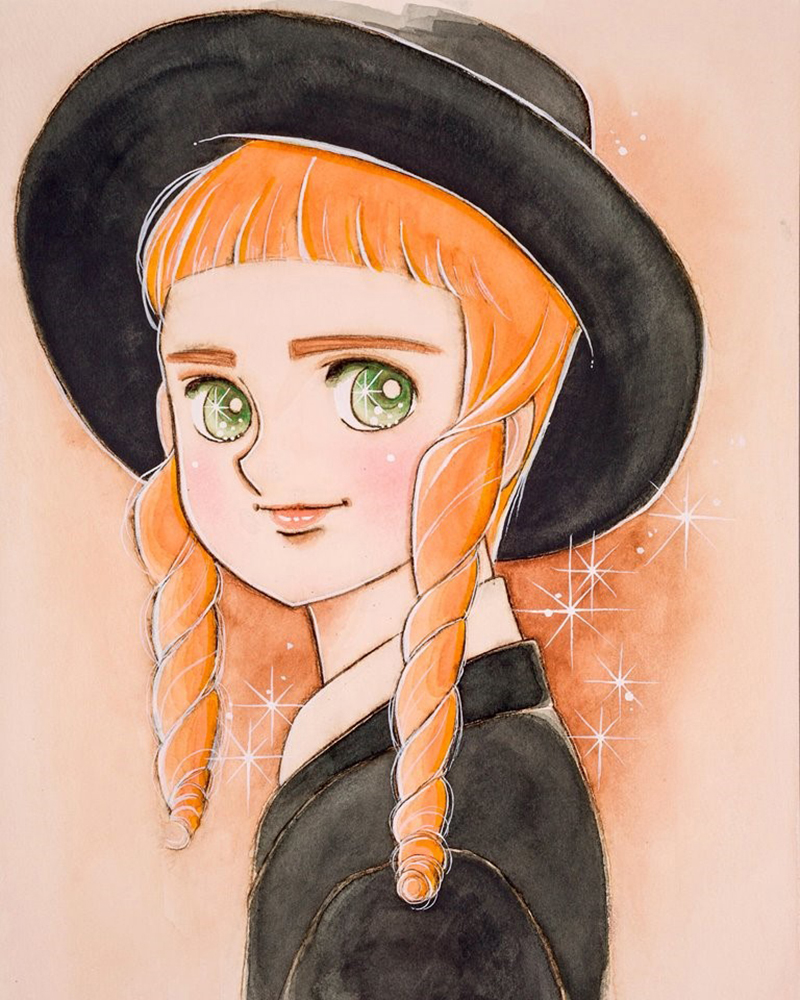
Must-
“Jewish Manga Art – The beauty of rigour”
Is an exhibition hosted in the Museo Ebraico (Hebrew Museum) that, until the 28th of April, celebrates the manga using Hebrew subjects designed by Thomas Lay. This artist is the only mangaka from the Western hemisphere who was trained in Japan, student and first assistant of Yumiko Igarashi, author of the famous Candy Candy. In the exhibition one can admire the numerous paintings that represent typical Hebrew subjects, through today’s narrative and popular Japanese art.
Museo Ebraico Cannaregio 2902/b
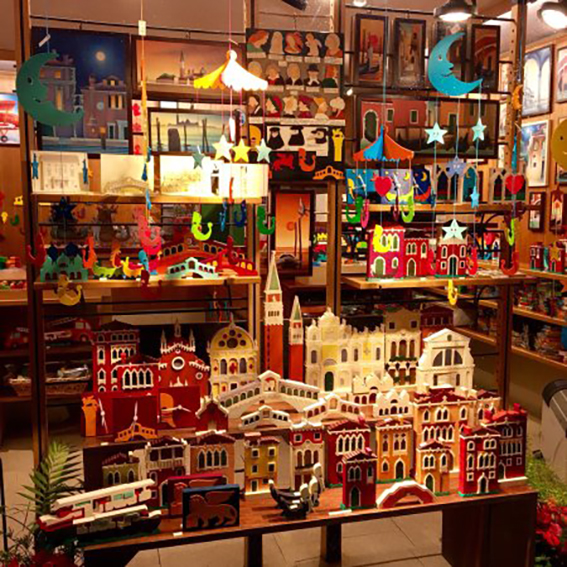
Must-have
Signor Blum
In the heart of Venice, in Campo San Barnaba, Signor Blum can be met, a laboratory open since 1978 that creates gift items and unique wooden objects. All products are original and created by the craftsmen, from the initial drawing to the realisation of the object. Together with the richly decorated window, Signor Blum also creates bespoke objects and personalised compositions. One can find puzzle panels, magnets, bookmarks, clocks and other objects in wood all in the Venetian theme, all objects are also hand cut and painted with an aerographer or by immersing them in colour-baths.
Campo San Barnaba, Dorsoduro 2840
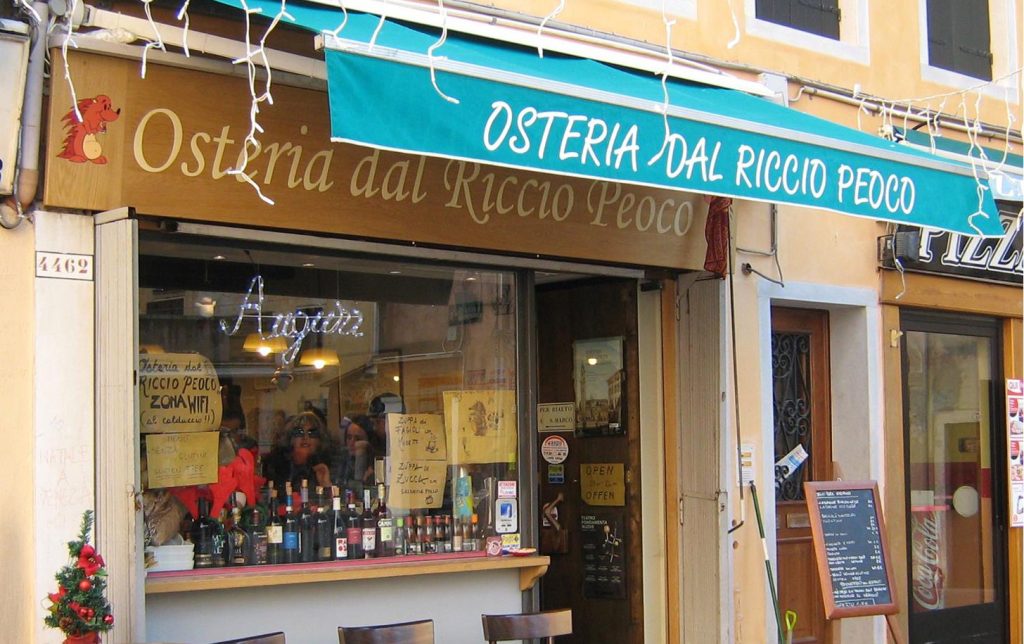
Must-eat
Osteria dal Riccio Peoco
Cicchetti, baccalà (salt cod) and polpette (meatballs), or seppie in tegame (stewed cuttlefish), spaghetti with duck…. Dive straight into delicious Venetian tradition at the Osteria Riccio Peoco.
Also ideal for a “ombra” (drink) with friends. The restaurant is small but cosy, facing the Campo Santi Apostoli, nearby to Rialto.



